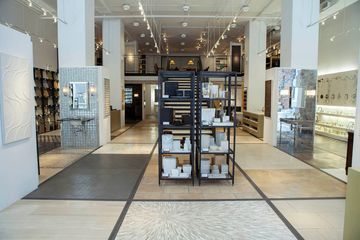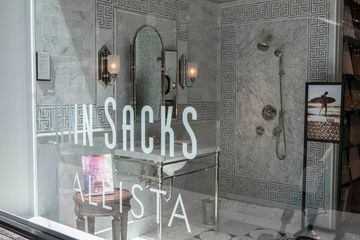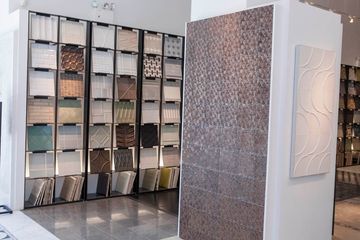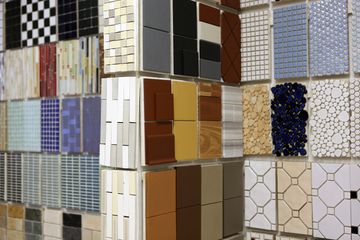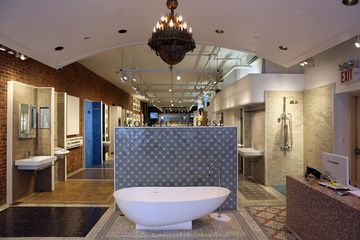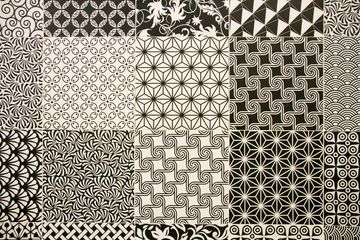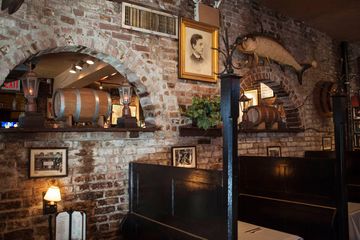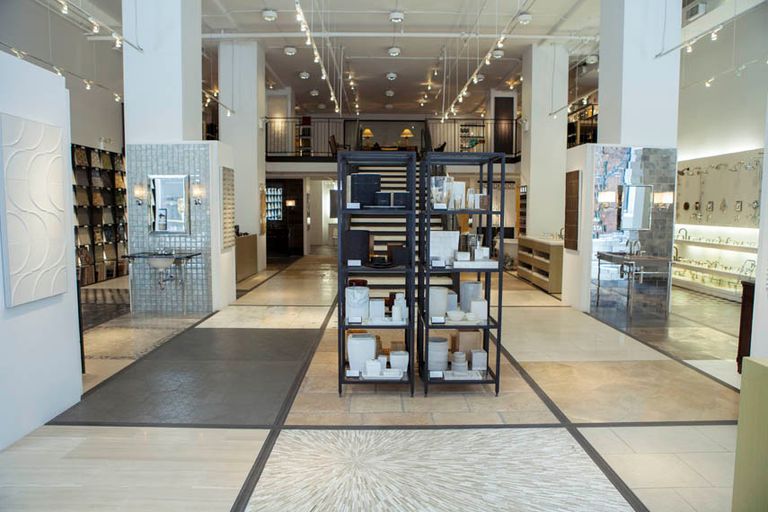
In the early 1980s, a young woman was shopping for a Mexican wedding dress when she stumbled upon talavera tiles being shown as trivets. She was so drawn to the tiles that she entered the home decor world and never looked back. She instantly recognized the potential in tiles and returned home with the intention of starting a new company in Portland, Oregon. Today, Ann Sacks' company continues to manufacture artisan and handmade ceramic tiles in Ann’s hometown. Ted Chappell, the President of ANN SACKS, calls the main factory in Portland the “heart and soul of our business.”
Now owned by Kohler Company, ANN SACKS manufactures artisan, hand-crafted tiles that come in unique glazes, shapes, and sizes. According to Ted, “they are unlike anything on the market.” In the store, the tiles are shown with entire bath and kitchen vignettes. Because of its connection with Kohler, ANN SACKS is able to offer designers and customers a complete decorative solution, including plumbing, cabinets, sinks, etc. An emphasis on innovation has kept the company going for all these years. Ted told me, “I think it’s our job to protect the history of the company. Timeless design really drives us forward.”
ANN SACKS has eighteen showrooms across the United States, London, and Vancouver, but the flagship showroom on 18th Street is the largest in the country. With two floors and a mezzanine staircase, this location stands above the rest. The emphasis on customer service ensures that the experience in the store is positively memorable. Interior designers are the core of the company's clients, and so the showroom is designed to capture their attention. As Ted expressed, “We want to be the leader and trendsetter and the place where designers come to find something new and different.”
